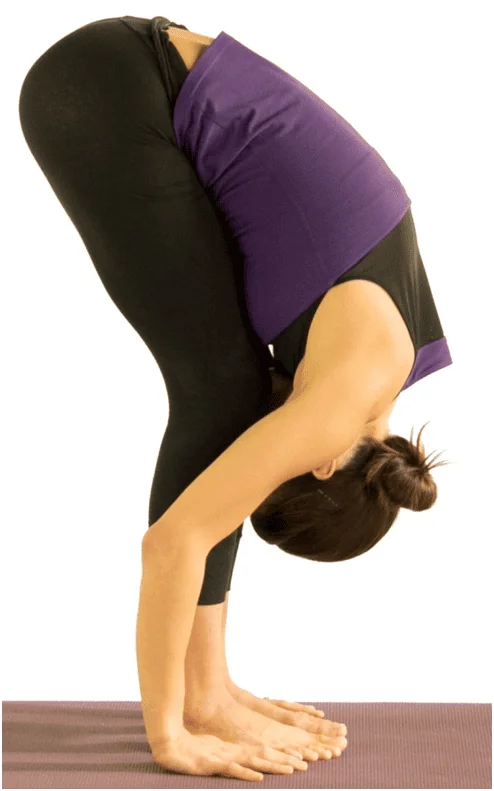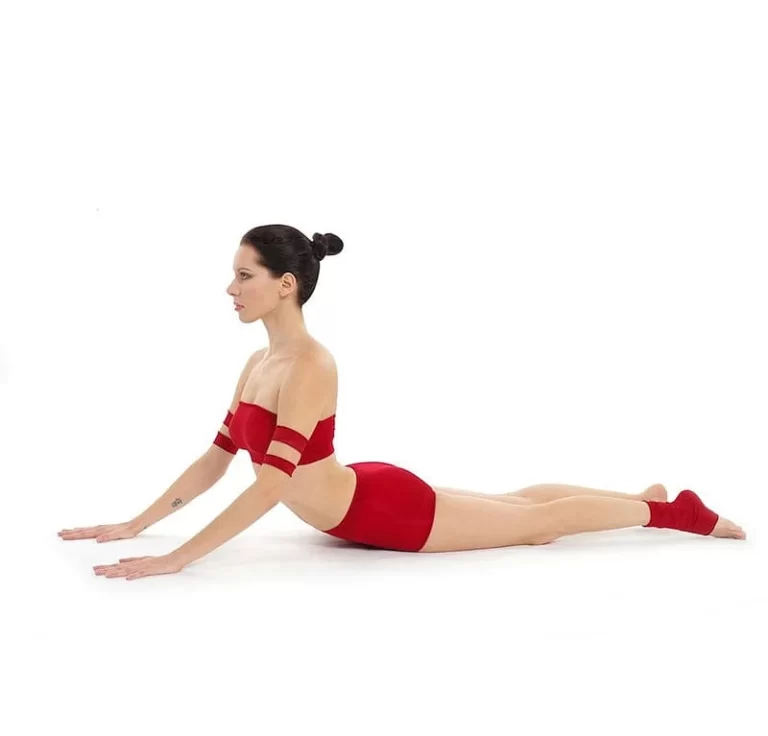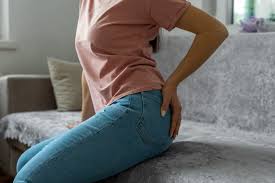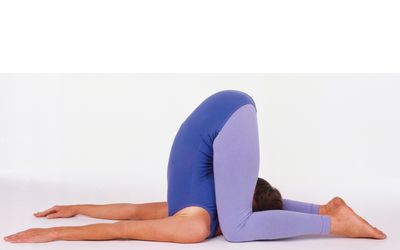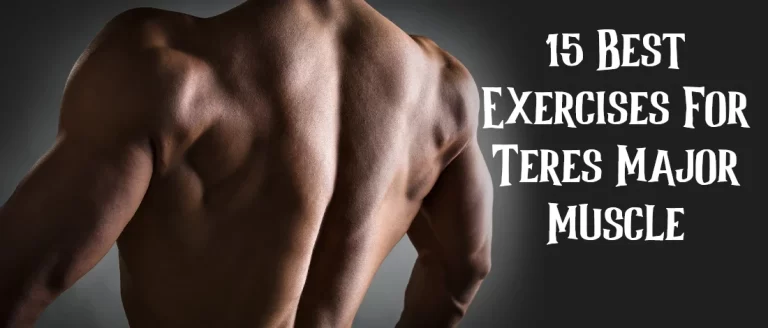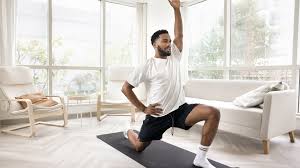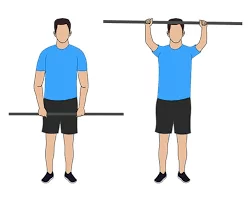Uttanasana
Uttanasana or Standing Forward Bend, with variants such as Padahastasana where the toes are grasped, is a standing forward bending asana in modern yoga.
Table of Contents
Steps of Uttanasana:
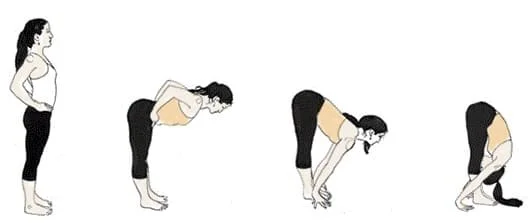
Take a standing position; keep your feet and shoulder distance apart and parallel to each other.
Press your feet down in to the ground and ground yourself powerfully.
Now breathe out and gently bend down from the hips (not the waist) and place your chest and stomach on your thighs.
If you are a beginner, you ought to bend your knees slightly to accomplish this.
If your knees are bent, make sure that they’re straight over your toes.
Slowly begin to straighten out your legs however check that your chest and abdomen never leave your thighs.
Now elevate your hips as you straighten through your hamstring muscles all whereas pressing your heels into the ground.
Once you’re feeling stable, cross your forearms, grab your elbows and hang your head down.
If you’re enough flexible, you’ll attempt to bring your palms to the ground or hold your heels from behind.
Begin by holding this pose for thirty seconds and step by step work your way to one minute at a time.
While holding this position, gently inhale and exhale.
While breathe in, try to lift and lengthen your torso with each exhalation, try to go deeper and deeper into the stretch.
There another way to increase the stretch is to roll on to the balls of your feet and lean slightly forward. This stretches the backs of your legs and permits you to carry the pose for extended.
Don’t shut your eyes throughout this Asana.
Try to hold this pose for 30 seconds.
Release this pose by placing your hands back on to your hips and with a deep breath in (inhale), extend your back and come up to the initial position.
Uttanasana video:
Benefits of Uttanasana :
It maintains the functions of liver, kidneys and spleen.
Beneficial in flexibility of the hips.
Gives Strengths to the knees and spine also.
It improves the process of blood circulation.
Helps to improves posture and alignment.
Useful for stretching the leg muscles like calves and hamstrings.
Improves the functions of endocrine and nervous system.
Helps in cellular growth.
Eases tension in the back, shoulder, and neck
Useful for toning and activating the muscles of the abdomen.
Variations:
There are variety of variations that you just will attempt with this pose depending on your ability and flexibility. These are following:
Hold on to the back of your ankles as you progress deeper in to the stretch.
Grasp behind your heels and below your feet with all fingers inform forwards.
Cross your arms behind your legs and reach to the front of your ankles with opposite hands.
Cross your arms behind your legs and hold the other elbows.
You can additionally vary the create by partnering up with another person –
As you apply the pose, place your buttocks against a wall for support.
Your heels ought to be some inches far from the wall.
Bend your knees and extend forwards and downward whereas your partner presses down on your sacrum.
Slowly straighten your knees because the pressure continues.
Hold this posture for thirty seconds to a moment and release it.
Strengthens:
Knee, Thigh.
Stretches:
Hamstring, Hip, Calf.
Pose type:-
Forward bend.
Contraindication :
The human body is made so beautifully that it indicates if something is not right. Thus in this pose if the body is communicating to you about a certain stretch, one should not ignore at all.
By taking the stretch deep when the lower back is hurting, one should avoid this pose or do it bending the knees. Any unwanted pull of the lower back while in the pose may only do more damage to the hip joints or the lower back muscles.
Not to be practiced if one has injury at the hamstring or at the knee.
This stretch brings the lower back and the sacrum to stretch deep and hence if done without guidance can be very harmful to the lower spine area.
The expansion of the gluteus can be painful if one has weak hip bone strength, thus it is better to avoid if one is not confident of his hips and muscles around the gluteus.
Someone with migraine should avoid this pose as the pressure to the head with sudden flow of fresh blood may create more stress leading to heavy head.
Pressure at the abdominal area may not be good for someone with severe abdominal ailments as this pressure could bring in more irritation to the stomach lining or the intestines.
Not to be done if just had a meal, as the pressure towards the tummy can cause indigestion.
Someone with neck problems should avoid this pose as the neck and the head hang downwards, which may aggravate the stress.
Any kind of severe joint pains can aggravate the situation if practiced without proper guidance, hence it is advisable to avoid this pose if the joints are not strong enough or there is an injury at any joint.
Any kind of injury to the shoulder or the upper back will bring more stress hence better to avoid.
Pain in the knees .
Back pain .
High Blood Pressure.

